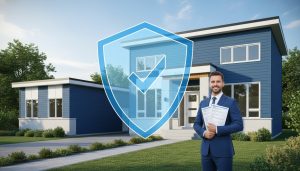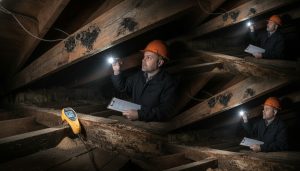Are there programs for low-income buyers?
Want a home but worried your income locks you out? You’re not alone — and there are real programs that make ownership possible.
What programs actually help low-income buyers
Short answer: yes. Canada and provinces offer federal incentives, tax breaks, insured mortgages, and local down-payment help. Non-profits and lenders add more options. Here are the practical programs to know and how they work.
Federal programs and tax tools
-
RRSP Home Buyers’ Plan (HBP): Withdraw up to $35,000 from your RRSP (each buyer can use it) to buy or build a qualifying home. You must repay the amount over 15 years. Benefit: immediate cash for a down payment. How to apply: request an RRSP withdrawal and sign the HBP forms with CRA.
-
First-Time Home Buyers’ Tax Credit (HBTC): A non-refundable tax credit that lowers federal tax for first-time buyers. It reduces your tax bill on qualifying purchases. Claim it on your tax return after closing.
-
First-Time Home Buyer Incentive (FTHBI): A shared-equity program run with CMHC that helps reduce monthly mortgage costs by contributing a percentage of the purchase price (typically 5% for resale, up to 10% for new builds). Eligibility includes first-time buyer status, household income and purchase price limits. Rules change — check CMHC for current caps and how to apply.
-
CMHC mortgage loan insurance and low down payment options: If you have 5% down, mortgage loan insurance lets lenders accept high-ratio mortgages. Insurance premiums are added to your mortgage, but they let buyers with low savings qualify.
Provincial, municipal and local programs
Many provinces and cities run down-payment assistance, co-ownership, or shared-equity programs for low-income households. Examples include land transfer tax rebates for first-time buyers and municipal down-payment grants in certain regions. Eligibility, income limits, and benefits vary by city and change regularly.
Non-profits and community housing partners
-
Habitat for Humanity and community land trusts provide subsidized ownership or shared-equity ownership for low-income families.
-
Local non-profit housing organizations sometimes run targeted Homeownership Assistance Programs — income caps and waitlists apply.
Eligibility checklist (common requirements)
- First-time buyer status (often defined as not owning a principal residence in the last four years)
- Household income below program-specific caps
- Minimum down payment (often 5%) and lender credit checks
- Residency or citizenship requirements
- Purchase price caps for some incentives
How to apply — clear step-by-step
- Confirm first-time buyer status and identify which programs you qualify for.
- Gather documents: ID, proof of income, bank statements, RRSP statements.
- Talk to a mortgage broker or a lender experienced with low-income programs — they’ll calculate eligibility and premiums.
- Apply for federal credits on your tax return and for the HBP via CRA forms at closing.
- For municipal or provincial programs, apply directly through the city or housing authority — these often require pre-approval.
Final note — local rules matter
Income caps, purchase price limits and program availability shift often. Don’t guess. Work with a local expert who knows current rules and can match you to the fastest, cheapest path to ownership.
Want a straight plan for your situation? Contact me for a clear map to every program you qualify for and step-by-step help through application and financing.
Tony Sousa — Local Realtor and Financing Expert
Email: tony@sousasells.ca
Phone: 416-477-2620
https://www.sousasells.ca





















